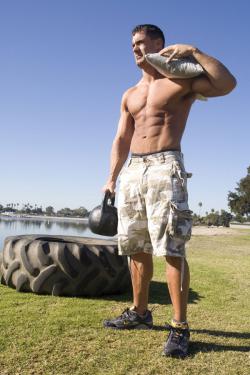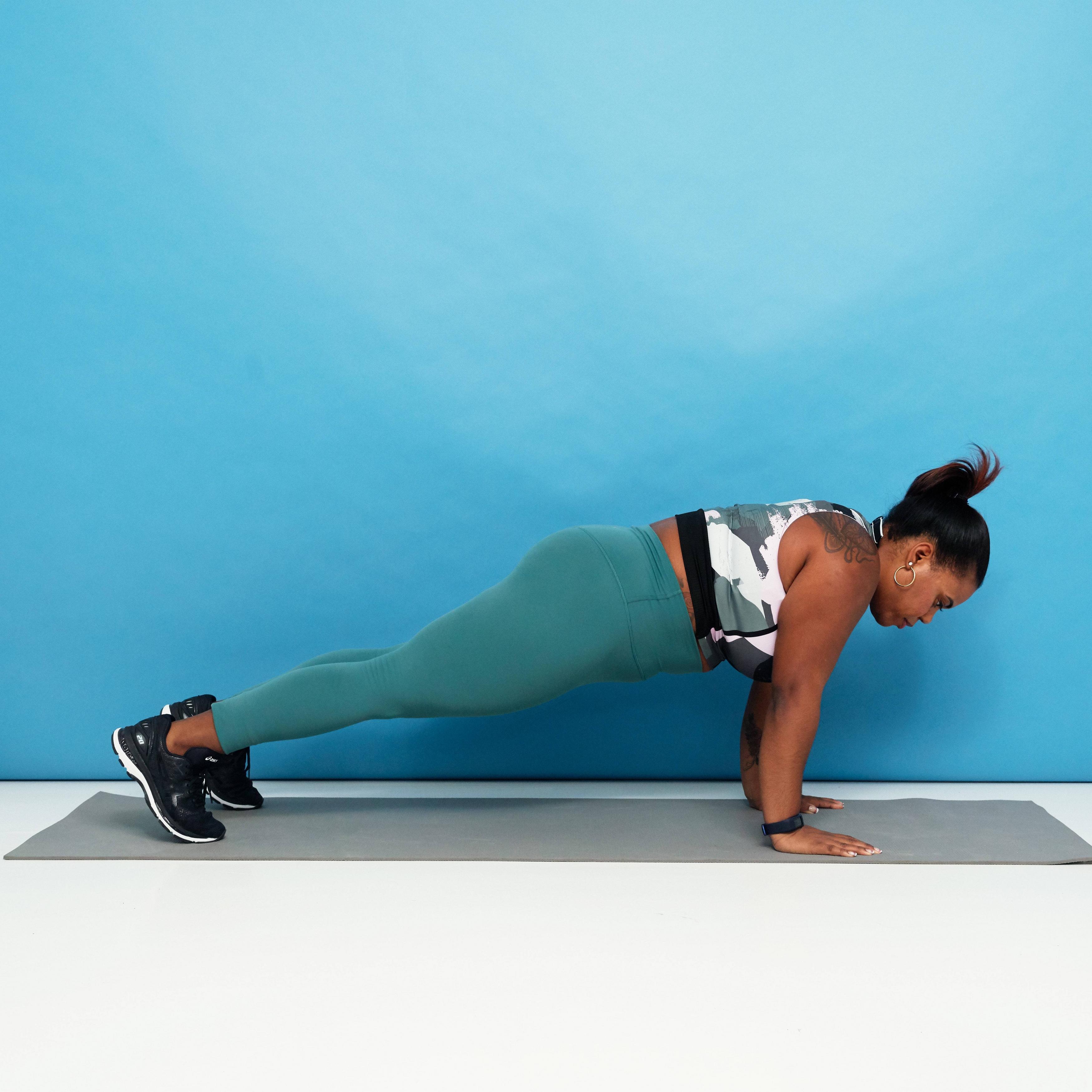
There are many things to consider when selecting the best exercise mat in your home. These factors include thickness, price, durability, cushioning, and cost. These factors can influence your final decision. Read this article to learn how to find the best home exercise mat. Also, make sure you read reviews about different products to see what they have to say.
Thickness
Consider the thickness of your mat when selecting an exercise mat. Your mat should be the right thickness for the activity you are going to be doing on it. A thicker mat is better for weight training. For those who like to do yoga or other forms of physical fitness, you can get a thinner one. Remember that cushioning does not always have to be thick.
You should ensure that your exercise mat is sufficiently thick to prevent injuries. If your mat is too thick, it can make it difficult to maintain a proper posture while you are lifting weights. Your mat should not be more than three-quarter inches thick.

Cushioning
A mat that is comfortable and safe for exercise is key. You can prevent your mat from sliding by adding extra cushioning. This will keep your joints and muscles safe during high-impact workouts. This type is safe to use on most floors as it's non-toxic. Many exercise mats come with accessories such as a jump rope or a storage bag.
It is also important to choose the right material for your exercise mat. There are four options for mats: rubber, PVC, foam, cloth, and foam. While foam and PVC are most durable, a rubber or cloth mat may be more comfortable and softer for you. The type of material you choose will also depend on how you plan on using the mat. A mat made from thicker materials, such a yoga mat or a yoga mat for high-impact activities, may be a better choice.
Durability
A good feature to look for when shopping for an exercise mat is durability. A high-quality exercise mat will be durable, puncture-resistant, and antimicrobial. It should also have a beveled edge and be able to stand up to frequent use. It is more difficult to roll up and move a high-quality mat than a regular mat.
An exercise mat's texture is very important because it gives you grip during HIIT. Slipping on a mat without proper grip can result in injury. Avoid this by choosing mats with nonslip surfaces.

Price
You need to choose an exercise mat that suits your needs if you are looking to purchase one for your home gym. Some mats are made specifically for home use while others can also be used for yoga or outdoor exercise. A good mat will provide cushioning for your knees as well as being easy to clean and maintain.
The price of mats with high quality materials will be higher. But they are more durable, antimicrobial and puncture-resistant. They can also resist slipping. However, high-quality mats do not roll up so they can be difficult to move.
FAQ
Can I eat during my exercise?
Yes. Yes. You can eat whatever you want while you exercise. Low-calorie snacks like watermelon and carrots, celery apples, bananas, grapes, celery, celery, celery, celery, celery, apple, bananas, and carrots are best. These foods are high in nutrients, which can improve your performance during training.
Which Is More Important: Exercise, Diet, or Sleep?
This depends on what you're trying to achieve. It is important to lose weight. For building muscle mass, exercise is key. Sleep is the last important factor, as it has little to do with how well your day goes.
Why is physical exercise important?
It is essential to maintain our physical health. Regular exercise is essential for maintaining our health, weight, strength, flexibility, cardiovascular system, and overall well-being. Exercise improves sleep quality, helps with stress management, increases energy and boosts self-esteem.
How do I get started with fitness?
Start small. Start small by walking around the block for 10 minutes every day. This will give you basic movement patterns and give your muscles time to adapt to the new routine. Once you've mastered this simple form of exercise, try adding more steps to your daily routine.
Statistics
- According to the Centers for Disease Control and Prevention, chronic diseases cause 7 out of 10 deaths in the U.S., and treating chronic diseases accounts for 86% of U.S. healthcare costs. (mana.md)
- Globally, 81% of adolescents aged 11-17 years were insufficiently physically active in 2016. (who.int)
- In high-income countries, 26% of men and 35% of women were insufficiently physically active, as compared to 12% of men and 24% of women in low-income countries. (who.int)
- One study showed that adults who watch more than 4 hours of television daily had an 80% higher risk of death from cardiovascular disease. (heart.org)
External Links
How To
How to burn belly fat faster
Belly Fat is often considered a problem for those who want to lose weight. But if you think about it, Belly Fat is actually a good thing. It is the fat in your stomach that protects your organs. Let's now see how to quickly lose belly fat.
The main factors that lead to body fat storage are stress and lack exercise. The cortisol hormone stimulates stress which makes us hungry. Cortisol increases insulin levels in our blood. The excess calories are stored as fat by insulin. Insufficient sleep can lead to an increase in appetite and adrenaline release. These extra calories are broken down through exercise.
There are many options to reduce belly weight. You can try any one of them depending upon your budget. These tips will help you quickly get rid of belly fat.
-
Reduce your food intake. Eat smaller meals throughout the day rather than eating three big ones. You'll eat fewer calories this way.
-
Get plenty of water. Water helps flush out toxins from the body and keeps you hydrated. Drinking water prior to every meal will ensure that you are satisfied for longer periods of time and won't eat too much.
-
Avoid eating unhealthy snacks. If you're looking for quick fixes, snack foods like chips, cookies, candies, etc. It might sound tempting. These fattening treats are best avoided as they have too many empty calories and sugar. Instead, opt for healthy alternatives such as fruits, vegetables and whole grains.
-
Three times per week, strength training is recommended. Strength training builds muscle mass and burns more calories when you're not working out. Strength training strengthens bones, muscles and ligaments. It can also improve the heart, lungs, joints, and other body systems.
-
Move regularly and stretch. Stretching helps to improve flexibility and mobility, which reduces back pain. Walking is great for burning calories.
-
Reduce alcohol intake. Reduce alcohol intake. Alcohol is a waste of calories and has no nutritional value.
-
Slowly lose weight. First, determine your current weight. Calculate your ideal weight by adding approximately 5% to 10% of the total weight. Once you have reached your target weight, begin decreasing your daily calories intake by 500-1 000 calories until you reach your goal.
-
Avoid processed foods. These foods are high on sugar, salt, and additives. These processed foods are often convenient, but they lack enough nutrients for good health.
-
Don't skip breakfast! A good breakfast can improve concentration, memory, as well as energy level. Protein (like eggs), fiber and complex carbohydrates (like oatmeal) should be included in breakfast.
-
Have regular bowel movements. Constipation or irregularity can lead to gas and bloating. Drink plenty of water to prevent gas and fiber ingestion.